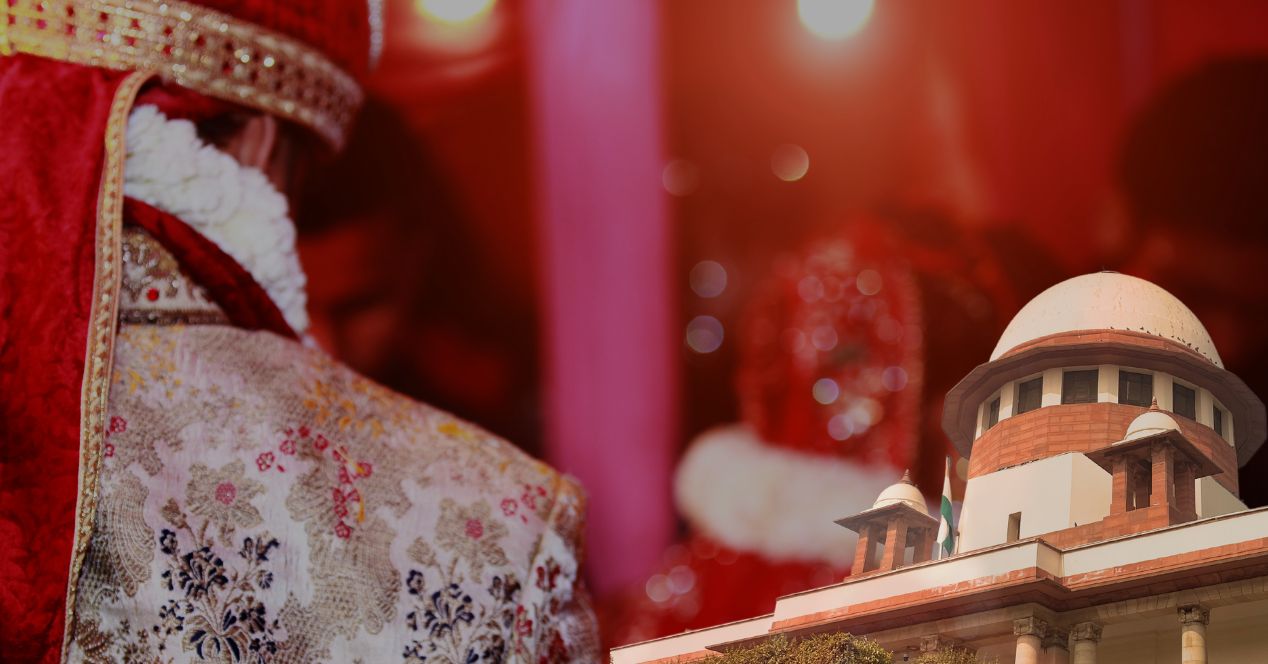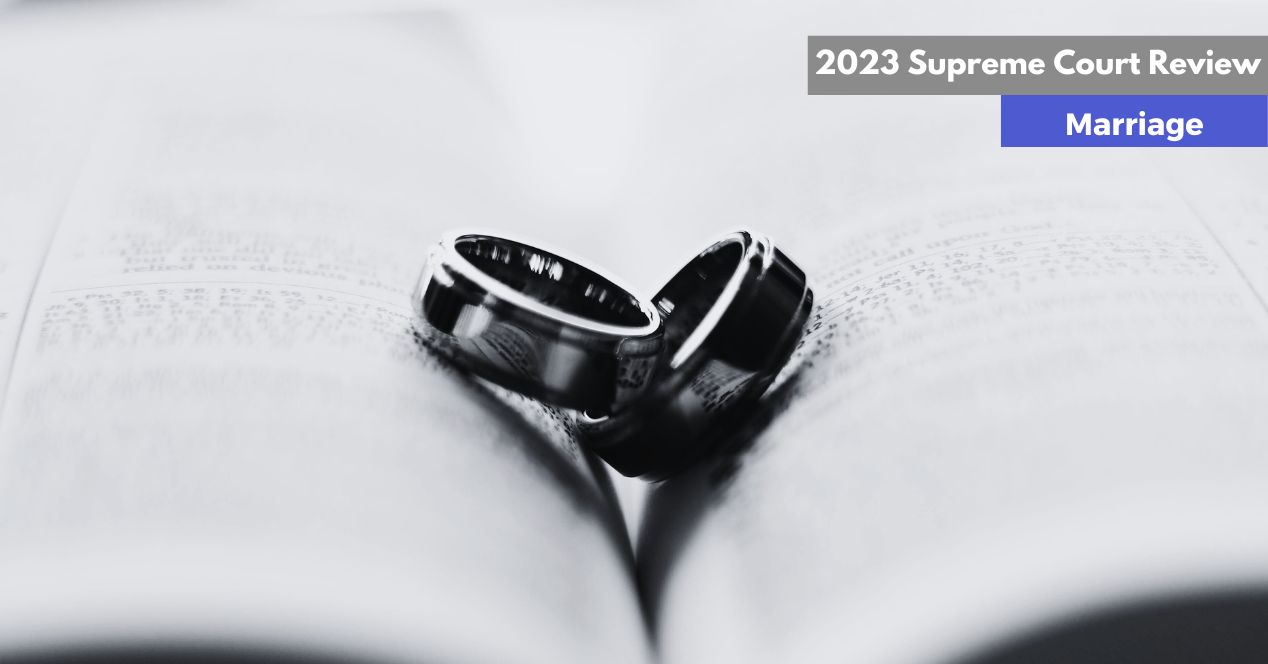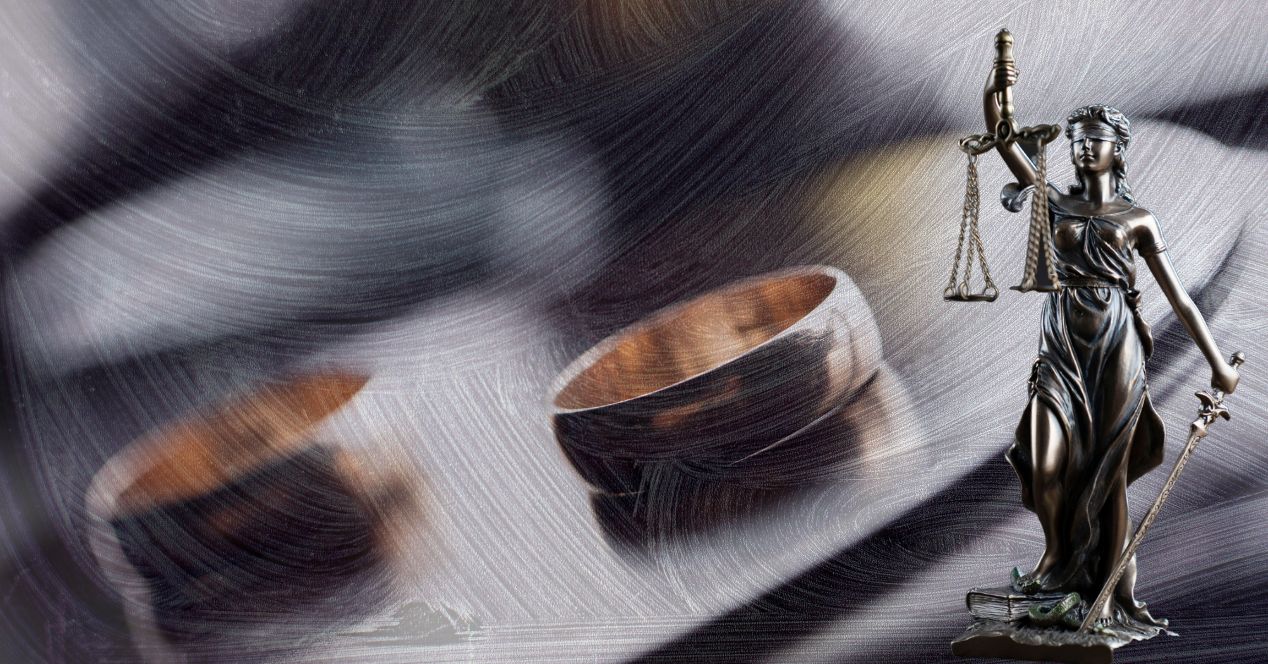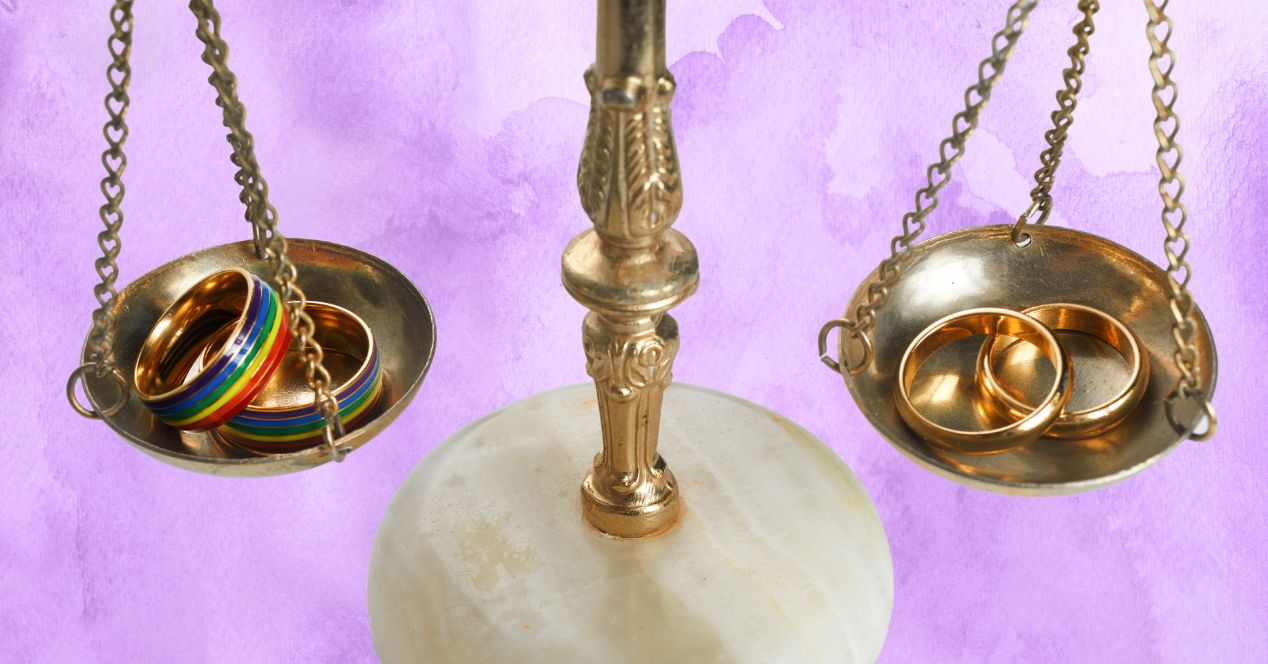Analysis
Supreme Court Review 2024: Clarity and parity in marriage and divorce
From permanent alimony to raising concerns over child betrothals, the Court’s work clarified key issues around marriage and divorce
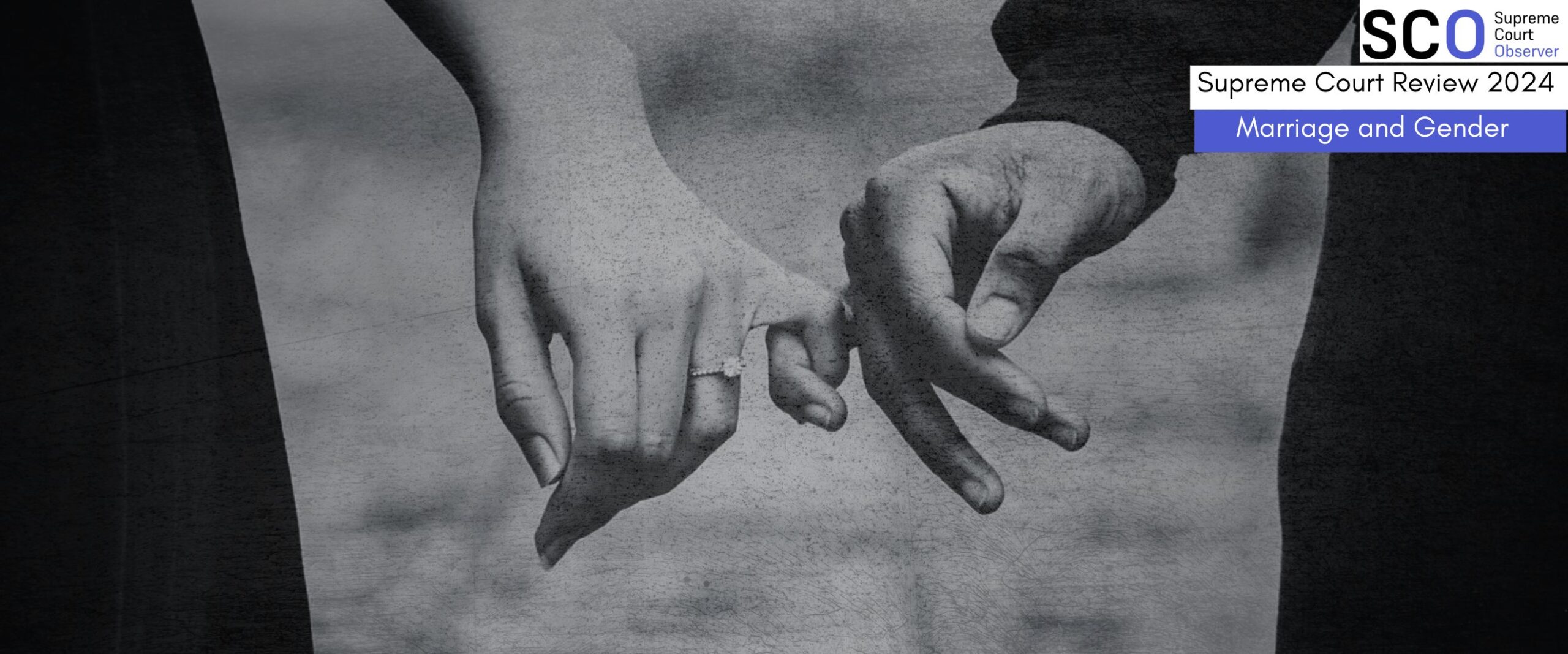
In 2024, Supreme Court judgements brought clarity to several fuzzy areas around marriage and divorce in India. This included clarifying what made a Hindu marriage legitimate under the Hindu personal laws, whether a widow’s right over her deceased husband’s property sustained after remarriage and the factors to be considered while calculating permanent alimony. The Court also clarified the contours of what types of cases may not be ideal for the grant of divorce by High Courts through ‘irretrievable breakdown of marriage.’ Some of these cases indicated a bend towards a more conservative strain of personal law interpretation while others pointed to a progressive view of gender parity.
Time to outlaw child betrothals
On 18 October 2024, former Chief Justice D.Y. Chandrachud’s Court delivered a judgement in Society for Enlightenment and Voluntary Action v Union of India. In a petition demanding stronger enforcement of the Prohibition of Child Marriage Act, 2006 (PCMA), the Court noted that despite an explicit prohibition of child marriage, the law was being circumvented through child betrothals, that is, marriages being fixed when children are minor even as they may be formalised when they are adults. The Court noted that such betrothals took away individual agency and restricted their choice of life partner before they reached the age of majority. In this regard, the Court stated that Parliament “may consider” outlawing child betrothals under the PCMA to ensure they are included within its ambit of prohibition. The bench also pushed for prioritising preventive “community-driven” strategies instead of focussing solely on improving prosecution.
It also laid down comprehensive guidelines for enforcement of the PCMA. It noted that the Child Marriage Prohibition Officers (CMPOs) appointed under Section 16 of the PCMA would solely handle this portfolio at a district level without sharing other responsibilities. CMPOs were directed to upload quarterly reports on the outcomes of investigations and the steps they have taken to prevent child marriages. The judgement also noted that Collectors and Superintendents of Police would have the additional mandate to prevent and prosecute child marriages. Further, it ruled for establishing Special Child Marriage Prohibition Units in each state. Every district that has more than one CPMO was directed to establish a district-level, Special Child Marriage Prohibition Unit.
What makes a Hindu marriage Hindu?
In May 2024, a line from Justice B.V. Nagarathna’s judgement in Dolly Rani v Manish Kumar Chanchal made headlines on social media: “A marriage is not an event for song and dance and wining and dining…”
In this case, the couple had approached the Court saying that there was no question of a divorce because there was no marriage in the first place. They had registered their union “due to certain exigencies and pressures” but the marriage had never been solemnised with rituals. Granting their plea while referring to Section 7 of the Hindu Marriage Act, 1955 (HMA), Justice Nagarathna noted that “where a Hindu marriage is not performed in accordance with the applicable rites or ceremonies such as saptapadi when included, the marriage will not be construed as a Hindu marriage.”
The decision has far-reaching implications for couples who only register their marriages under the HMA without completing the ritualistic ceremony, often for reasons such as visa applications. Justice Nagarathna’s indication that the purpose of marriage is to evolve “a family in future which is a basic unit of Indian society” was flagged as a conservative stance on marriage.
On property, breakdown and alimony
Last year, the Court delivered a series of decisions that ironed out some confusions in existing marriage and divorce jurisprudence.
In April, a bench of Justices Aniruddha Bose and Sudhanshu Dhulia clarified any right that a widow had over the deceased husband’s property ceased to exist after she remarried. In Kizhake Vattakandiyil Madhavav (Dead) Thr. Lrs. v Thiyyurkunnath Meethal Janaki, the Court was hearing a case where the woman’s son from her second husband claimed title over property she had derived from the first husband. The Court noted that the woman was only a lessee of the property, and did not have ownership. The Court clarified that if someone tried to transfer immovable property through a document without having title over the property themselves, the rights derived from the instrument can never be enforced in favour of the successor.
In August, a bench of Justices Surya Kant and Ujjal Bhuyan in Prabhavathi @Prabhamani v Lakshmeesha MC (2024) ruled that “irretrievable breakdown of marriage” should not be deployed by courts to grant divorce in cases where only one of the parties has been responsible for the breakdown of marriage and stands to benefit from the divorce. The Court was considering a case from 1992, where the husband had abandoned the wife and their newborn child and initiated a series of litigations seeking divorce in family courts and the High Court of Karnataka. He got several favourable orders, including one from the High Court that granted divorce on the grounds of “irretrievable breakdown”. Noting that the husband had been averse to supporting the child and was solely responsible for the breakdown, the Supreme Court remarked that the family court had acted with bias while granting divorce. It further observed that the “boggy” [read: bogey] of irretrievable breakdown “cannot be used to the advantage of a party who is solely responsible for tearing down the marital relationship” and ordered the husband to pay a sum of Rs 10,00,000 over and above the amount already paid to the wife.
In Parvin Kumar Jain v Anju Jain, another case on ‘irretrievable breakdown’, a bench of Justices Vikram Nath and P. B. Varale laid down detailed guidelines for calculating permanent alimony. In Shilpa Shailesh v. Varun Shrinivasan (2023), a five-judge bench had noted that the Court can directly grant a divorce on grounds of ‘irretrievable breakdown of marriage’ under Article 142 of the Constitution which allows the Court to do “complete justice” in any “cause or matter.”
In Parvin Kumar Jain, noting that the couple in question had been living separately for two decades, the Court granted divorce under ‘complete justice’. Since the divorce was finalised, the Court noted that the wife would be paid permanent alimony instead of maintenance (which is only granted during marriage or after separation). It noted that the key factor while deciding permanent alimony was ensuring that the “dependent spouse is not left without any support and means after the dissolution of the marriage.” While noting that alimony should not be driven by the intent of penalising the husband, the Court stated that the amount must be calculated on the basis of the social and financial status of parties, “reasonable needs” of the wife and children, the couple’s qualifications and employment status, whether the wife had other income sources, the wife’s standard of living in her matrimonial home, her “employment sacrifices” for family, and “reasonable” litigation costs borne by the wife (if she is unemployed). The Court also clarified that these guidelines were not a “straitjacket rubric.”
Tread with caution before applying the ‘PAS’ label
Last year, in Col. Ramneesh Pal Singh v Sugandhi Aggarwal, the Supreme Court asked other courts to be wary of applying the label ‘parental alienation syndrome’ (PAS). PAS refers to the situation of a child being antagonised against the other parent by the parent who has custody. PAS can influence the child’s preference and custody battles. A bench of Justices Nath and S.C. Sharma noted that “courts ought not to prematurely and without identification of individual instances of ‘alienating behaviour’” label a parent as promoting PAS, as that may have “far-reaching implications.” The bench noted that courts while deciding applications for guardianship, should consider the kind of socio-economic and educational opportunities the child is exposed to, their well-being, the physical surroundings and their preference as mandated under the Guardians and Wards Act, 1890.

